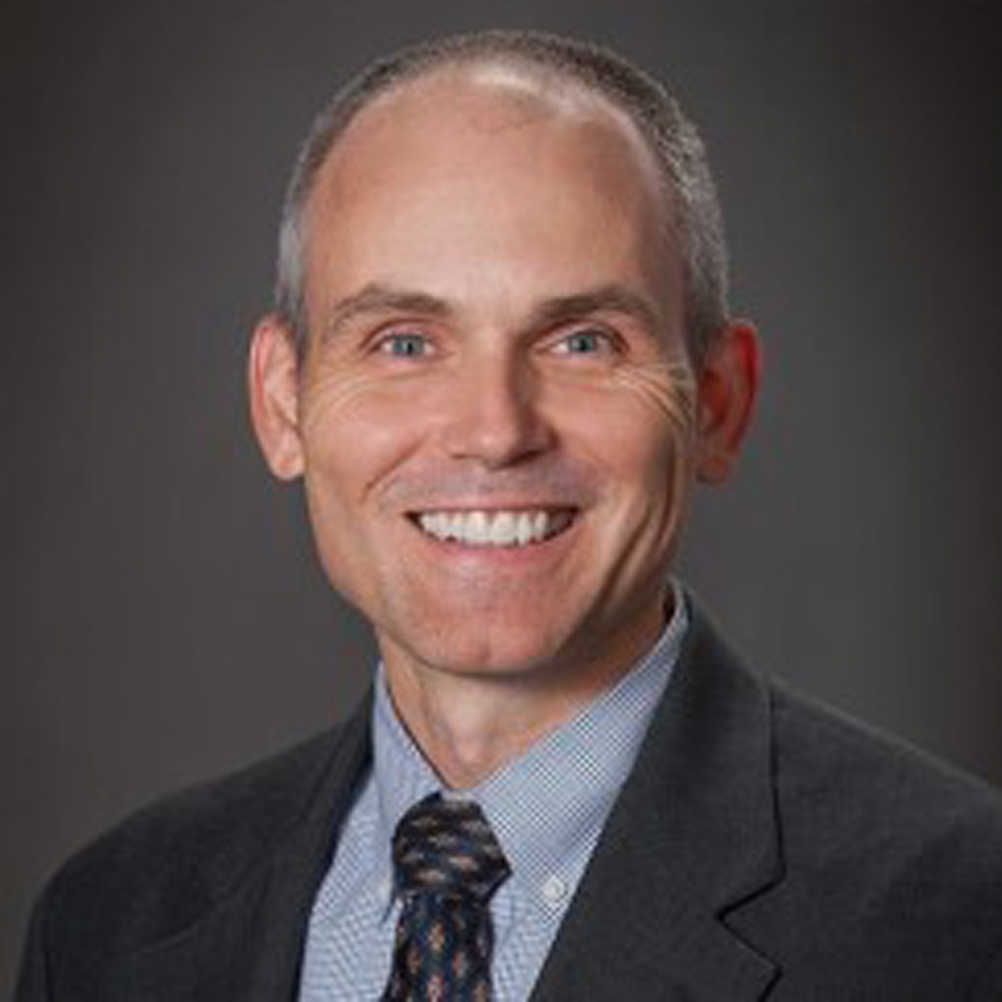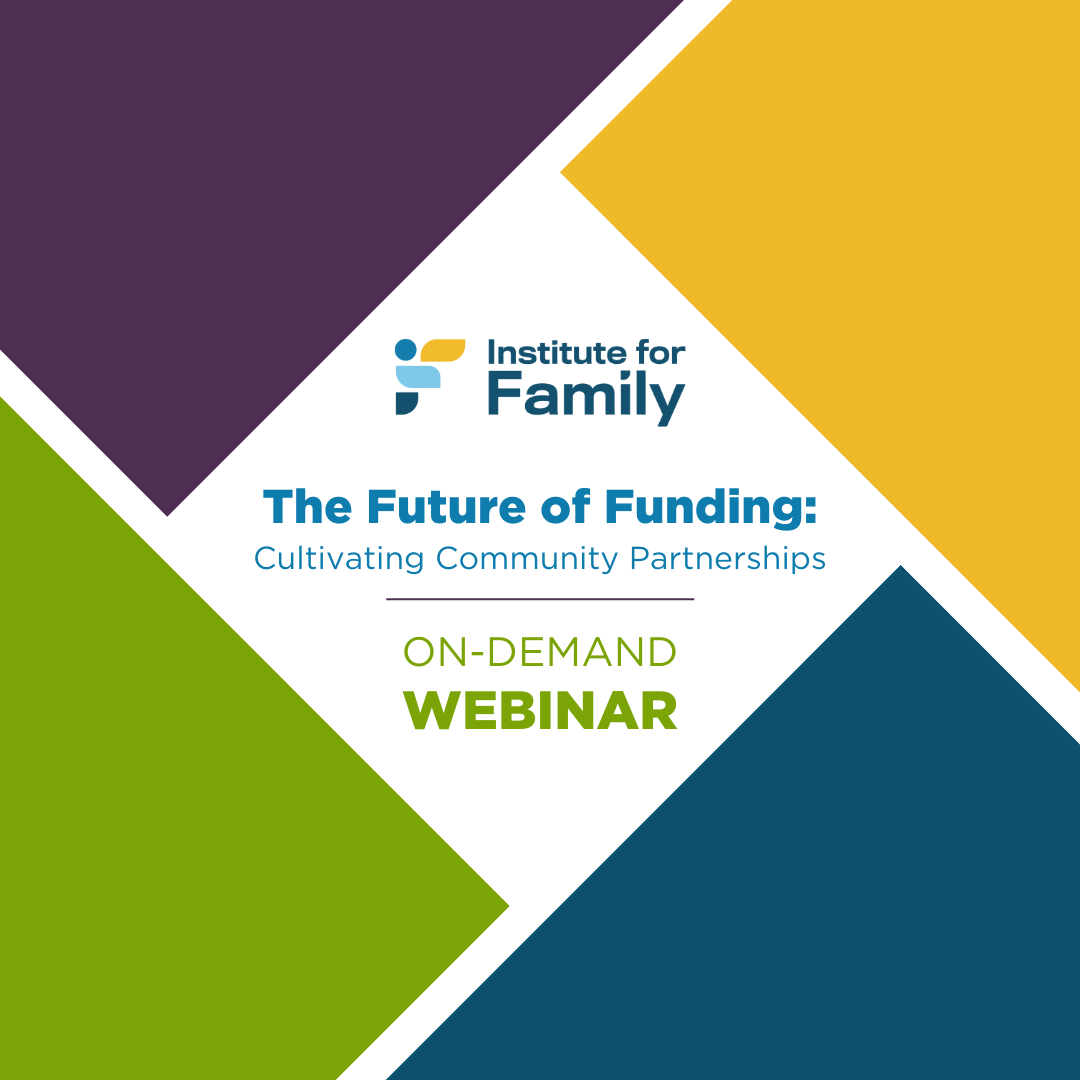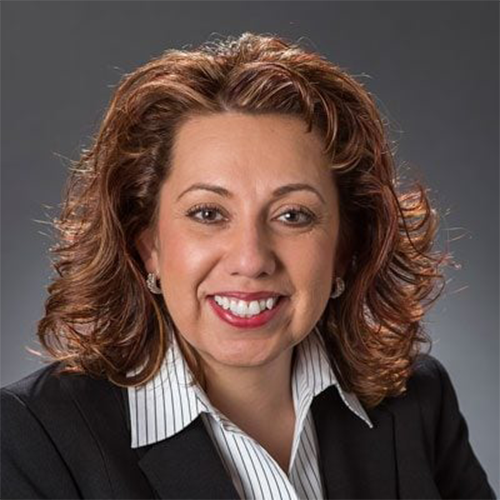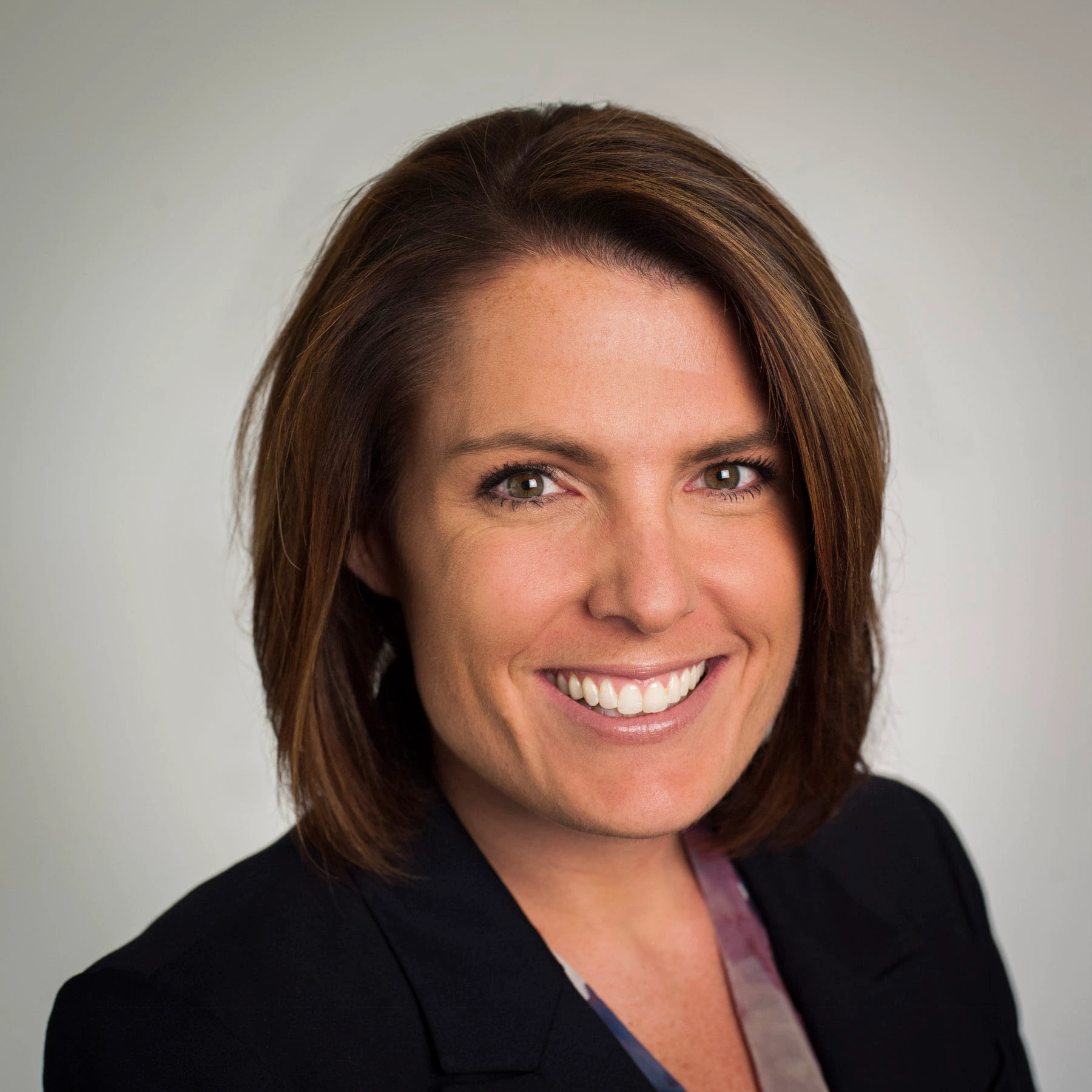Eight Steps To Building Trust-based Funder-Grantee Partnerships
Fuel community leadership and innovation through collaborative partnerships
Our society’s wellness depends on fostering conditions in communities that allow all children and families to thrive. Every community has unique assets and opportunities that are best understood by the residents who live there. Yet imbalanced power dynamics have often impeded community residents from making decisions around local policies, programs, and resource flows that impact their well-being.
There is a growing recognition among public systems and the nonprofit sector that communities need to play a leading role in the ideation, design, and implementation of these local policies and programs if they are going to be effective. Community-led innovation starts with resourcing the work financially, so as the design and decision-making processes evolve, so must funding practices.
Fortunately, there is emerging alignment among funders, organizations, and communities around building partnerships and implementing funding strategies that transfer decision-making authority to communities, advance equity, and focus on ensuring communities are set up for long-term success and sustainability.
In the Institute for Family’s webinar The Future of Funding: Cultivating Community Partnerships, co-hosts Sandra Gasca-Gonzalez, Vice President, Center for Systems Innovation at The Annie E. Casey Foundation, and Matt Anderson, Former Institute for Family Director, address these topics with webinar panelists, Rumeli Banik, Senior Program Officer for Child Well-being at the Doris Duke Charitable Foundation, Michael Finley, a member of the Executive Leadership Team at the W. Haywood Burns Institute, and Bryan Samuels, Executive Director of Chapin Hall of the University of Chicago.
The co-hosts asked the panelists what it takes to build strong partnerships between funders and grantees to fuel the type of community-led innovation that leads to healthy, equitable conditions for children and families.
The individuals quoted below build off the webinar discussion and suggest the following eight steps anyone can take to reimagine the impact that more collaborative working arrangements with communities can have on families’—and society’s—well-being.
Want updates on upcoming webinars?
Trust is the most fundamental ingredient to developing a successful partnership. Establishing trust between organizations, communities, and funders starts with building relationships and demonstrating commitment to that relationship over time. This may often require a different kind of approach to traditional funder, provider, and client dynamics. Patience, which allows trust to build over time, is the theme that cuts across the quotes below.
“It’s cliché but I feel that the most successful partnerships ultimately come down to trust—trust that is built, demonstrated, and tested over time.”
Tiffany Perrin, Child and Family Well-Being, Stand Together
“We have to recognize that partnership or collaboration, whatever you call it, is built on the fundamental tenet of trust, and so, for me to be trusted or to trust I have to spend time with people. And the collaboration—the partnership—will only move as fast and as far as that trust will take me.
“And so, for a community or an applicant to trust me, I always try to be humble. I have to be willing to accept criticism or suggestions. I have to be willing to rethink my position. And I have to be willing to accept discomfort and to authentically come to the table.”
Phil Redmond, Jr., Director, Child & Family Well-Being, The Duke Endowment

Bryan Samuels
Executive Director, Chapin Hall at the University of Chicago
“Systemic racism has had an immense impact on prior relationship-building efforts. We need to come to the table ready to act differently. Building trust between funders and grantees takes time—more time than we usually allow—and taking the long view is essential if we want to move toward seeding community growth and ownership over system change”
Bryan Samuels, Executive Director, Chapin Hall at the University of Chicago
Partnerships are most effective when partners have a shared vision. Partners need to align on a clear purpose and goal that is grounded in shared values.
“To have effective partnerships, all the partners need to be on the same page and the vision and goals of the partnership need to be explicit and written down…Make sure that everyone agrees with what the goals of the partnership are, they’re aligned on them, and they understand them. Recognize that the partners are coming from different sectors and may have a wide range of perspectives and priorities. What’s critical to an effective partnership is a defined NorthStar. If the NorthStar changes or shifts during the work of the partnership, all the partners should agree to the new NorthStar.”
Rumeli Banik, Senior Program Officer for Child Well-being, Doris Duke Charitable Foundation
“If you [have alignment around the values and principles driving community-led innovation], then I would encourage listening. Where is there mutual value to be had? Terms of art change and language can be limiting so there’s nothing like seeing work in action or taking on a project together to build shared understanding.”
Tiffany Perrin

Phil Redmond, Jr.
Director, Child & Family Well-Being, The Duke Endowment
“Ultimately, we want to see that the children and families who have been or who are at risk for child abuse and neglect are better off or are getting what they need. It’s all in service to the population. For me, that’s the most important thing—why do we do this work? We do it to improve outcomes for kids and families. How we go about that can differ. You can have all kinds of ‘how’s, but the why is always clear for me. Always.”
Phil Redmond, Jr.
After establishing a partnership built on trust, common values, and a shared vision, partners can begin to assess the strategies that are best suited to meet the expressed needs of the community. This is best accomplished by bringing those closest to the problems into the process of determining solutions. This should require establishing a process that builds capacity and self-efficacy, shares power, and compensates equitably.
“Funders can look to reward efforts that allocate resources close to the community. They should also look for projects that build community members’ skills and collective efficacy, so the community is in a better place to self-organize in the future.”
Bryan Samuels
“It is urgent that we work with youth, families, and communities to identify and provide what will help them support one another, formally and informally, so systems are not getting in their way.”
Sandra Gasca-Gonzalez, Vice President, Center for Systems Innovation, The Annie E. Casey Foundation
“This quote has stuck with me: ‘We’re not just asking community partners to have a seat at the table, we’re asking them to bring the chair.’ How do we help support people who haven’t historically been invited to the table with the skills to be comfortable in that space? Consider holding meetings at a time that’s convenient for community members and pay people for their time. As professionals, we get paid to be in these discussions. Why shouldn’t families? Why shouldn’t people with lived experience? Why shouldn’t community residents? Their time is just as valuable.”
Rumeli Banik
Learn how to engage communities in grantmaking with this guide.
Coming into the partnership with humility, especially from those who have traditionally sat in positions of power, goes a long way in creating relationships based on mutual respect. Partners should enter conversations with an open mind and a willingness to learn from one another’s experiences.
“Building a partnership with community has to start from a place of humility and respect. And once community partners are at the table, they have to be able to set the agenda and determine how resources are used. That shift takes real introspection among leadership and staff [at organizations and foundations] about how the status quo is failing families, and to strengthen our conviction that community leadership is both just and necessary.”
Bryan Samuels
“For those of us who sit in positions of power where we’re making funding [and policy] decisions that impact the families, youth, and children we’re aiming to serve, we need to come in with humility—recognizing the different kinds of experiences and lived expertise that people have.”
Rumeli Banik
“We all have experiences and expertise that we carry with us and accumulate over time—leaders in the field should work together to figure out how to maximize their own, one another’s, and our collective capabilities to drive impact. To do that effectively, it’s important for everyone to show up with humility and a willingness to be clear about what they can and can’t do.”
Tiffany Perrin

Being aware of traditional power dynamics is just the beginning. Partners should actively and intentionally seek ways to shift those dynamics, facilitating inclusivity and sharing decision-making authority. Funders can also support partnerships beyond just dollars—through thought partnership, providing access to resources, and sharing responsibility and risk when challenges arise.
“By nature, systems and organizations operate in ruts. It’s incredibly easy for partnerships to recreate old power dynamics and end up bringing forward institution-based solutions. Interrupting these patterns takes intention, checks and balances, and investment in ground-up leadership.”
Bryan Samuels
“We see ourselves as a collaborative partner, which means we have to be willing to engage with others around decision making. And we have to be as accountable and as responsible for the outcomes and the risk as others are at the table. It’s not simply we make a grant and we walk away. We’ve got to support the work with more than just dollars.”
Phil Redmond, Jr.
“I’ve been on the grantee side before where my only interaction with the funder was when I submitted an annual report. That was it—I never heard from them. That’s not the type of relationship I want to have with our grantees and with our partners because I want to get to know them, and I want to be able to say ‘you are an expert in your local context, in what you’re doing in your community. As a national funder, I can see the connections that are happening on a broader level, and I can help to support you and bring learning and resources to you at the same time.”
Rumeli Banik
“Donors and philanthropy have so much power. Let’s use it for the good. Across the United States, communities…are seeing the connection between listening to youth voices, focusing on engagement, and building stronger communities—communities focused on equity; communities of strong families with flourishing children; communities with supports and opportunities that allow each of us to thrive.”
Sandra Gasca-Gonzelez

Sandra Gasca-Gonzelez
Vice President, Center for Systems Innovation at The Annie E. Casey Foundation
More strategies to shift decision-making power in grantmaking
Funders, grantees, and community partners have different, yet equally important roles in achieving the long-term goals of the partnership. It is important that each partner evaluate where they can be most effective and how they can best contribute to the shared vision of the partnership.
For Funders
“Funders have a powerful role in being able to convene. And resource that thinking space…There is such an opportunity for funders to provide space resource-wise, capacity-wise…to allow those on the ground to think, evolve, and expand on potential solutions as opposed to just head down running, doing the best they can, in the midst of unrealistic timelines—just trying to survive and not having the space to breathe.”
Michael Finley, Executive Leadership Team, W. Haywood Burns Institute
“I think as a funder I have to be clear in my own mind about what my approach is to my grantmaking. How do I see myself in conversation and in decision-making with grantees?…For example, if I see myself as a collaborative funder, that means I have to share decision-making power. I have to be mutually accountable for the outcomes, jointly responsible for the risk, and be comfortable with decisions being made [with] which I might not fully agree, but that I can work with.”
Phil Redmond, Jr.
“To better support community-led innovation, the research and funding community should examine their own role in why success has been limited to date. What assumptions and industry norms have kept us from handing over decision-making power to community? Are we ready to lean in to trust in community, weathering the inevitable setbacks, criticisms, and failures? Further, we can open ourselves up to new, more equitable ways of co-designing solutions and measuring success while remaining grounded in what we know about what has and hasn’t worked in the past.”
Bryan Samuels
Check out “The 6 Grantmaking Practices of Trust-based Philanthropy”
For Nonprofits and Communities

Rumeli Banik
Senior Program Officer for Child Well-being, Doris Duke Charitable Foundation
“Too many organizations describe their work from a deficit orientation. When they talk to funders, they talk about the deficits in the communities, like what are the things that are going wrong in that community that this organization is trying to fix or address. This isn’t a critique of the organizations, but of the funders. Funders have set up organizations to describe their work and beneficiaries in this deficit-oriented way. One of the things that’s been helpful for us in the conversations we have with potential grantees is we ask them ‘what are the strengths of the families you partner with? What are the assets in the community? How are you going to use our funding to build on those strengths and assets?’”
Rumeli Banik
“I also think that applicants or grantees have to be willing to invite the funder to the table for reasons beyond the fact they want a grant. Are they looking for a thought-partner or is the applicant willing to…rethink what they’re proposing? Are they willing to incorporate funder suggestions if they make sense? And if they simply want a responsive grantmaking relationship, that’s fine. Let’s just be clear about that up front.”
Phil Redmond, Jr.
“The nonprofits play a role in helping be [the] bridge to bring [community] voices to the table, and I think for community, it’s just, you know, continue to be prepared for that work. But from our perspective, I think…communities [are] ready and need support, but…[haven’t] had the opportunity to be at these tables and in these conversations.”
Michael Finley
“Get a sense for the type of foundation you’re working with. Private foundations differ from public ones. Living donors may engage differently than trustees. Get a sense for how that foundation operates, what constraints and capabilities they have, and how you can most productively partner. Likewise, seek to understand the role of the program officer/foundation representative you’re working with—especially relative to budget authority. Some foundation staff will be in charge of shaping portfolios of grants while others may engage in more transactional grant review—getting a sense for this can be helpful in building a productive relationship.”
Tiffany Perrin
Build a Funding Web for your next project
Racial inequities throughout history have contributed to traditional power dynamics, imbalanced resource flows, and disparate community conditions. By embracing conversations around the topic of race and putting processes in place to ensure equity, partners can begin to dismantle these structural biases.

Michael Finley
“For us, we’re very explicit. We are looking at race/ethnic equity. And at every step, thinking about how we integrate race equity into each aspect of the work…So, if we’re looking at data, let’s look at data with an eye towards race equity. If we’re looking at potential solutions, let’s consider unintended harmful consequences…It’s just being intentional about naming it, sitting in it, and being okay with it.”
Michael Finley
“Substantive change demands action to promote racial equity. To do better by Black, Latino, and Indigenous communities, we must see, hear, and involve them. That’s not easy. Because systems and communities have long histories related to race-related inequities, underinvestment, and trauma. But without that focus on equity, real change is not going to happen.”
Sandra Gasca-Gonzalez
Assess your organization’s race equity practices with this toolkit
Lasting, transformative change not only takes time, but it also requires a broader look at traditional metrics of success. Short-term outcomes and numerical data are only part of the equation. Instituting equitable processes, stories demonstrating progress toward the shared vision, and qualitative benefits, like capacity building and sustainability in the community, can all be indicators of a successful partnership.

Tiffany Perrin
Child and Family Well-Being, Stand Together
“Be honest, realistic, and adaptive. Everyone is after “high-impact”, but sector funding and infrastructure have long been at odds with that. Countering that and driving transformative change will take time…If you are able to support transformative change, take time to get on the same page with stakeholders—internal and external—about what the roadmap toward success looks like and revisit it often.”
Tiffany Perrin
“Funders and other stakeholders can contribute to success by recognizing, building, and drawing on community members’ expertise, skillsets, and innate assets. By investing in the right ways, we anticipate powerful ripple effects—communities where people have the skills, confidence, and platform to organize and drive their own future.”
Bryan Samuels
“Things people say are part of the process are actually outcomes. As an example, if you say we want to address racial and ethnic disparities…and we have nothing in place right now, but we’ve now developed a collaborative table—they meet on a monthly basis, they’re looking at data, they are starting to look at policies and practices—all of those [things] are part of the success story before you’ve even made policy and practice change…These fundamental components are not distinct from the work. If you do them, they are part of the success story.”
Michael Finley
“Outputs and outcomes are critically important, but how we get to those numbers can differ, and I value the qualitative as much as the quantitative. So stories are important. Quantifiable data is also important. You can’t have one without the other.”
Phil Redmond, Jr.
“In an effective partnership, there is a plan for sustainability, whether it’s with funding or other kinds of resources that can help to keep the partnership going.”
Rumeli Banik
Summary
Building strong partnerships across funders, organizations, and communities is step one in shifting funding and practice norms toward more equitable and community-driven processes. Developing relationships based on tenets of trust, humility, and openness will only strengthen these partnerships. Through intentional, collaborative efforts that factor in power sharing and racial equity, funders, organizations, and communities can find new ways of working together that yield long-term, sustainable well-being for families and communities.
Watch The Webinar
Learn more about fueling community-led innovation and building effective partnerships between funders, organizations, and communities on “The Future of Funding: Cultivating Community Partnerships,” now on-demand.
